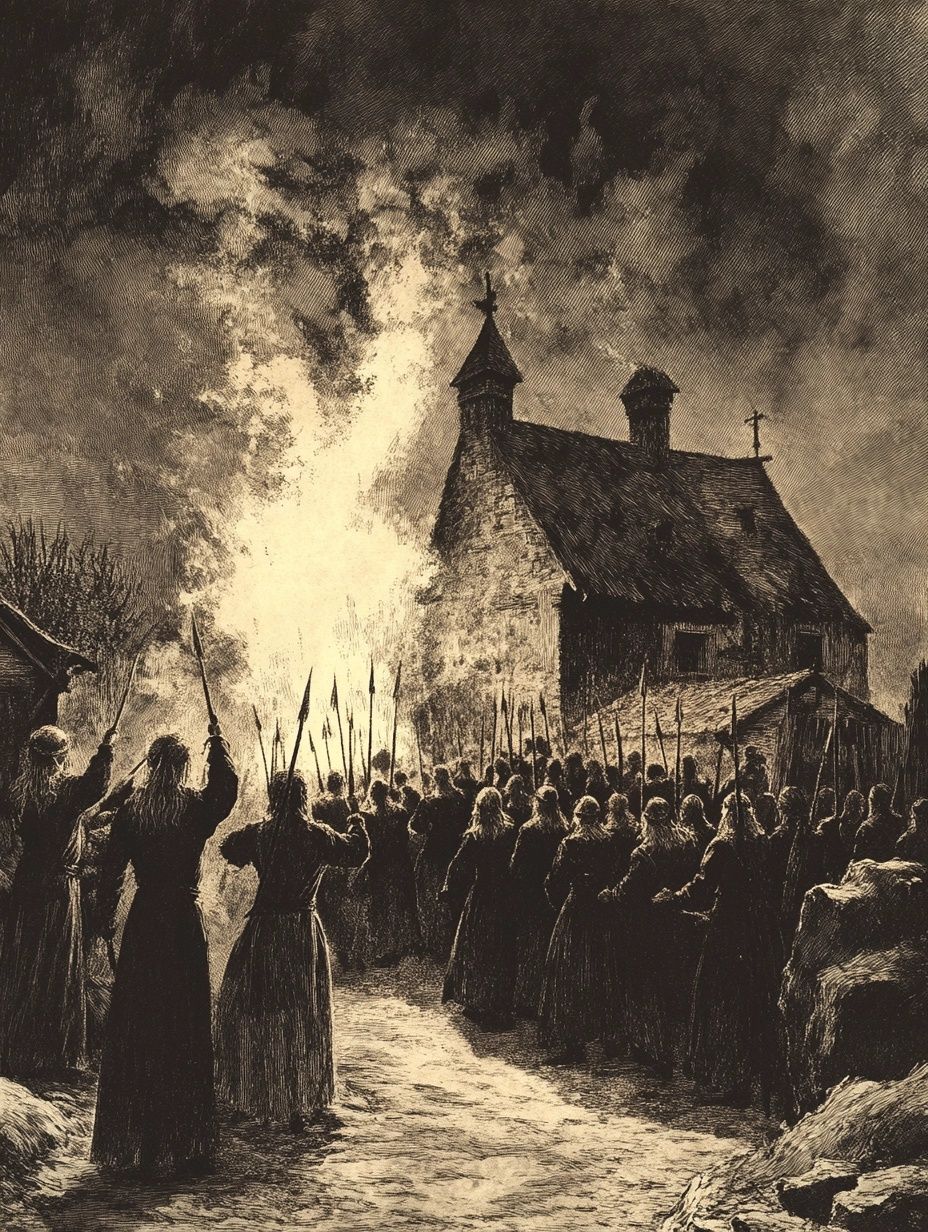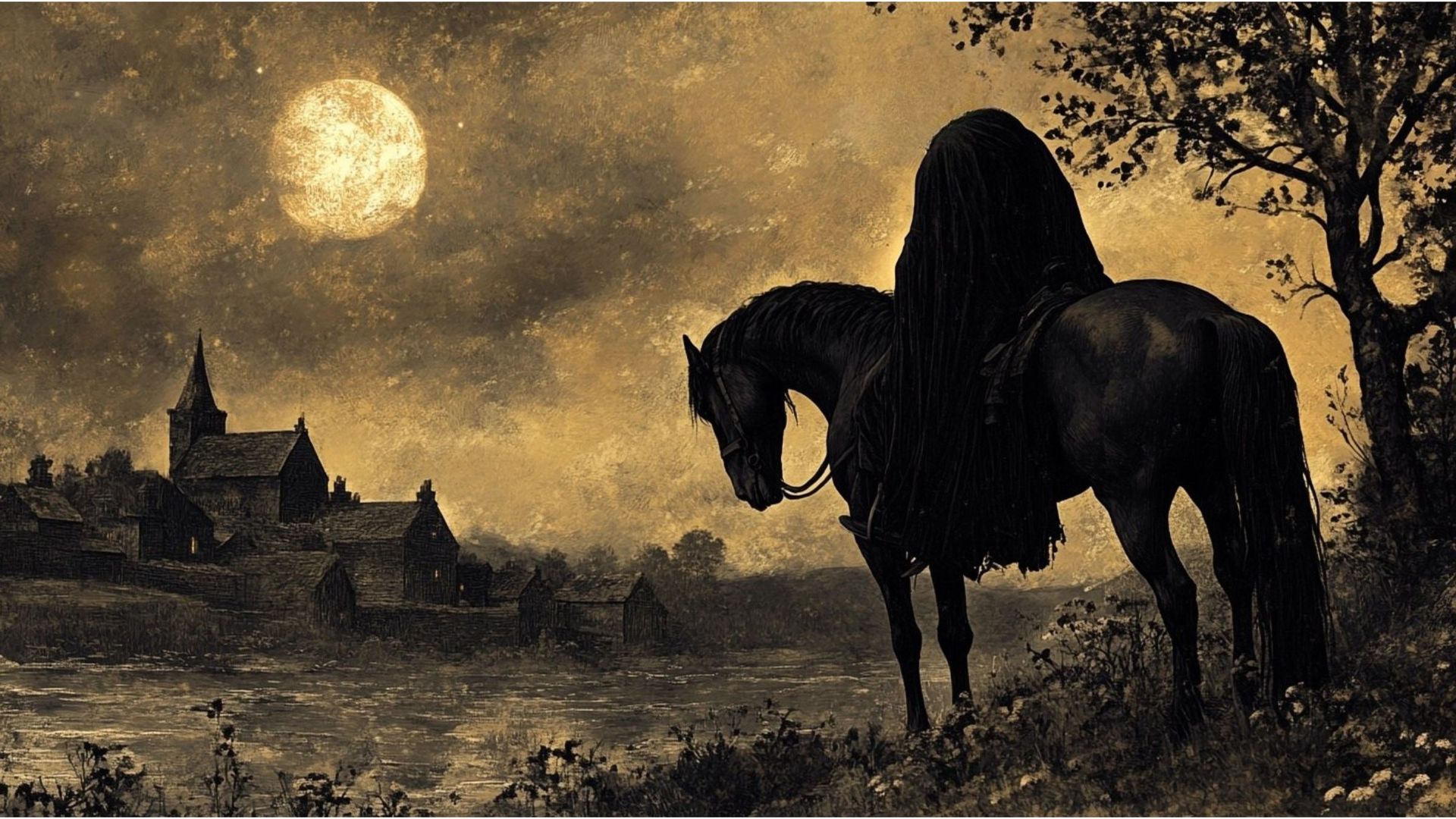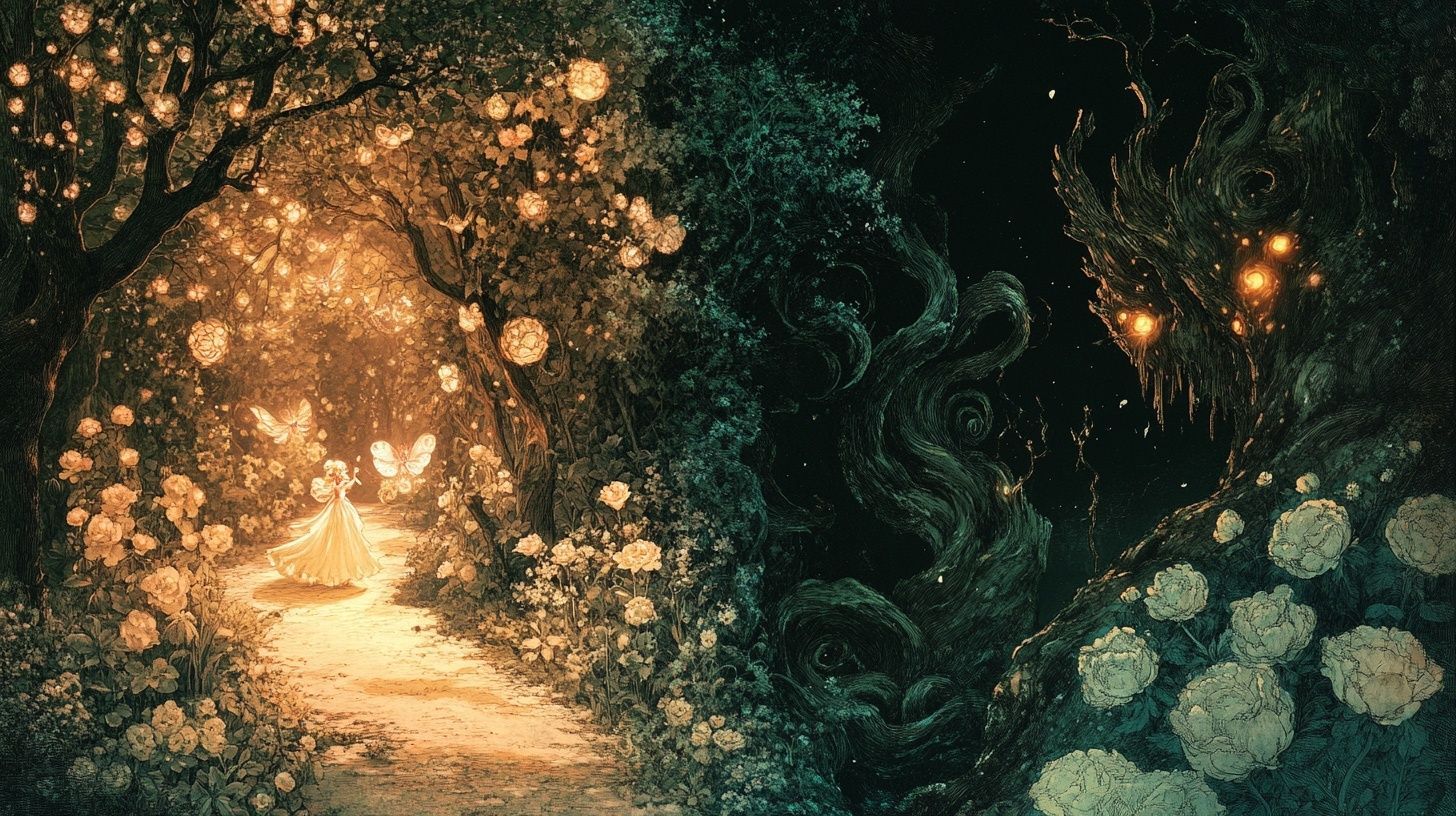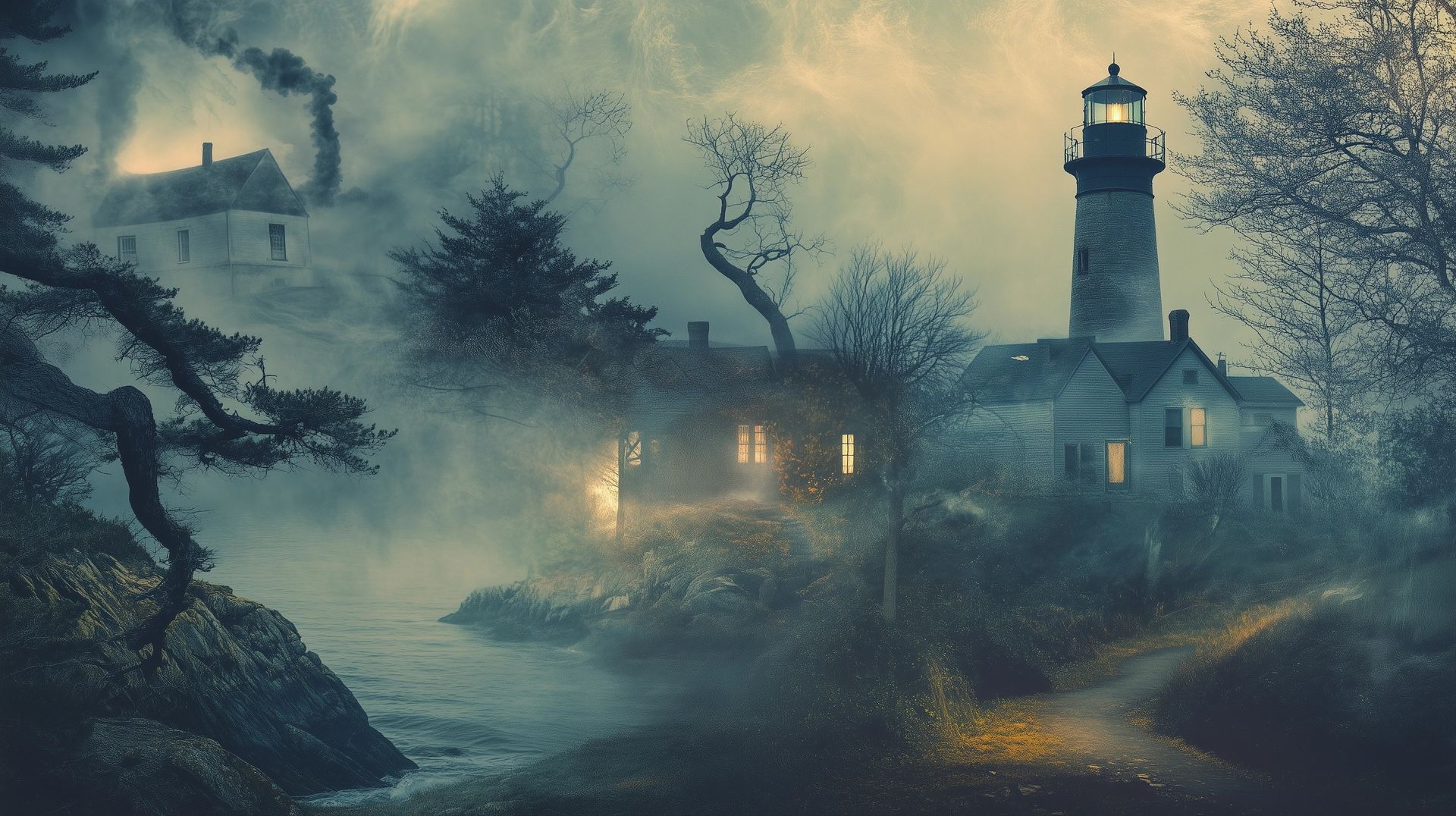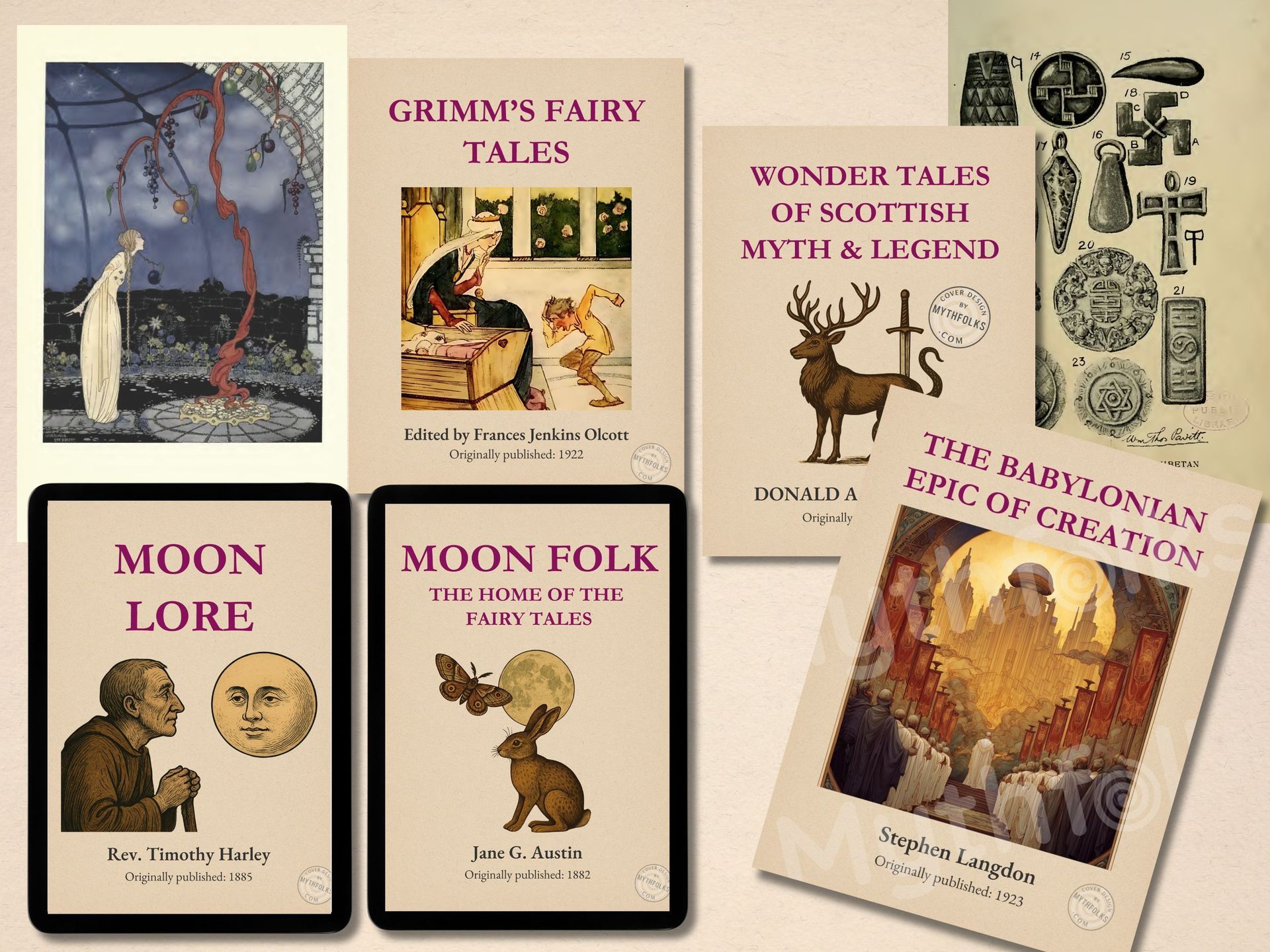Reviving the true spirit of Halloween: the forgotten folklore of Samhain
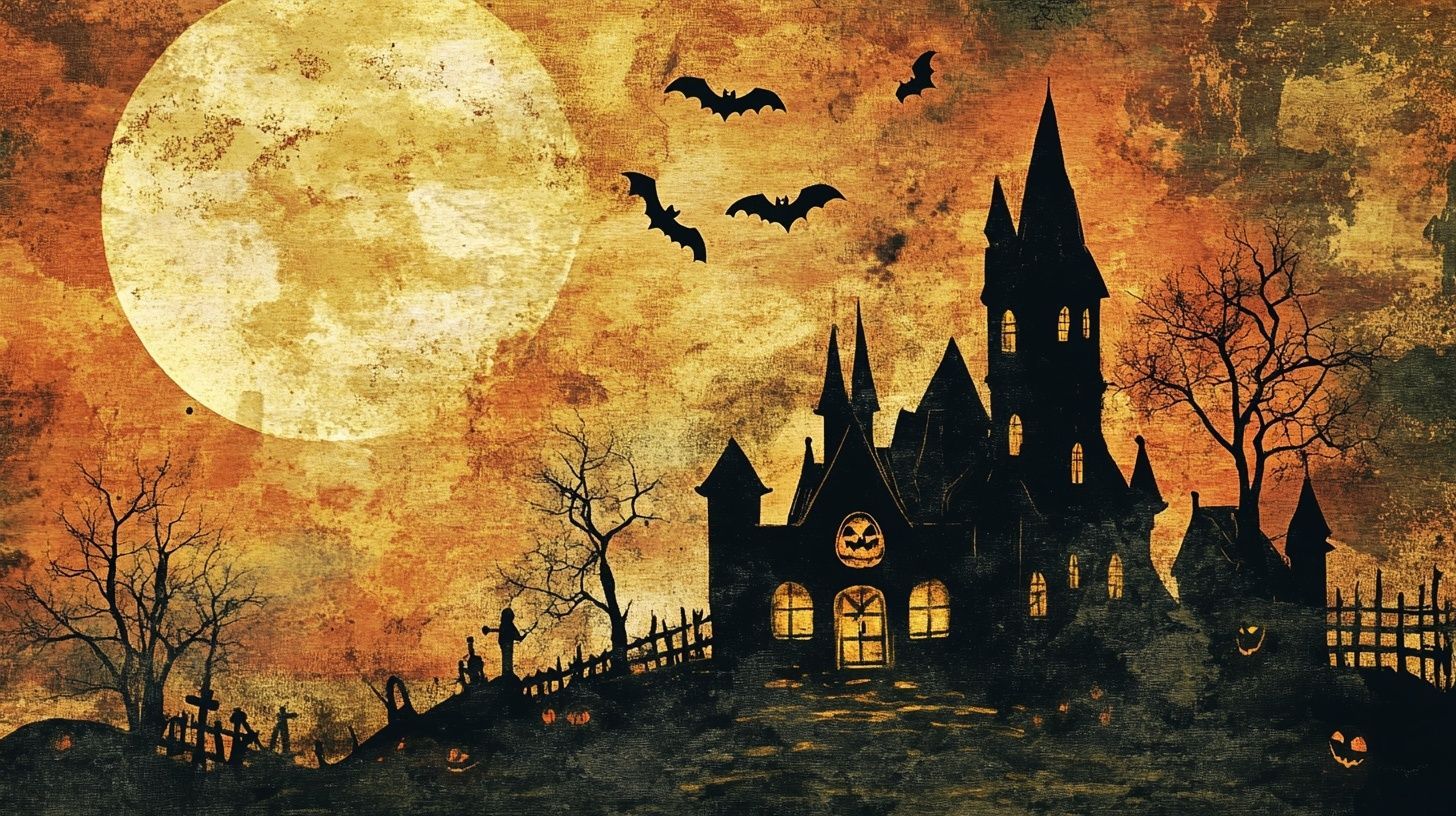
For all its commercialized spectacle of grinning jack-o'-lanterns and costume parties, Halloween is a holiday steeped in centuries of tradition.
But where we once spent All Hallow's Eve genuinely fearful of, and warding off, evil supernatural beings, today we're more likely to be wandering around in an poorly-fitting costume with a bucket of candy.
It's no surprise that this holiday is no longer the same as when it started - but where did it begin, what are the folklore tales we used to tell and how did we end up at plastic cobwebs hanging on the porch?
With obscure details dug out of vintage texts, keep reading to find out the history and forgotten lore of Halloween!
Updated: 15th Oct 2025
Author: Sian H.
The origins of Halloween in the Celtic festival of Samhain
The ancient Celtic festival of Samhain ('sow-in', like "ow") marked the symbolic transition from the end of the harvest to the beginning of winter's darkness (Samhain means "Summer's End").
The name we're more familiar with, All Hallows' Eve, came much later. As Christianity spread, the Church established November 1st as the feast of All Saints' Day, or All Hallows' Day ("hallow" being an old word for saint).
The evening before, October 31st, naturally became All Hallows' Eve, which was eventually contracted to Halloween. Because this Christian observance fell on the same date as the ancient pagan festival, the two became intertwined, and many of the supernatural beliefs and traditions of Samhain were absorbed into the new holiday.
But in the original festival and central to Samhain was the core belief that on this one night, the boundary between the world of the living and the supernatural "Otherworld" grew dangerously thin. It
represented a profound spiritual significance:
- In Ireland, the night was known as Oidhche Shamhna (All-Saints' Eve).
- It was overseen by the Druids (a class of priests, scholars and judges in ancient Celtic society) and was a time when the living were expected to act on behalf of the dead by offering prayers and pleas for the souls of those who had passed away in the previous year.
- According to tradition, the god Baal Samhan would pass judgment on these souls.
- The punishment for a wicked life was to be reborn into the body of an animal
- A good life was rewarded with rebirth as a human.
- It was thought, however, that the living could influence this judgment through specific sacrifices and charms, potentially lessening the punishment for their departed kin.


The original supernatural creatures of Halloween
When the veil to the Otherworld thinned there were a series of terrifying spirits and creatures that people believed would harm them in different ways.
Among the most feared of these entities were:
The Dullahan:
A malicious figure from Irish folklore, the Dullahan is an unseelie (evil) fae who acts as a harbinger of death. He was said to ride a black horse and carries his own grinning, decapitated head under his arm. His appearance signals an imminent death in the community.
The Sluagh (the Host of the Dead):
In the folklore of Scotland and Ireland, the Sluagh na marbh were the spirits of the unforgiven dead - often sinners so evil they were rejected by both Heaven and Hell.
They travel in a terrifying flock, appearing like dark, winged shadows and always flying from the west.
The Sluagh's primary goal was to snatch the souls of the dying at the very moment of death. This belief was so strong that families would often rush to shut all west-facing windows and doors when someone was on their deathbed, hoping to keep the Host of the Dead out.
The Phooka:
A malicious shapeshifter, the Phooka (also known as the gruagach or "hairy spirit") was believed to be particularly active on All-Hallows' Eve.
It could appear in many forms - in one vintage text I consulted, it was described as appearing as a great eagle, a monstrous bull with fire gleaming from its eyes and nostrils and a dark, hairy horse!
The creature would sneak up on a traveller and thrust its head between their legs to hoist them onto its back. This began a terrifying ordeal, as the spirit would carry its victim on a supernatural journey in a single night - leaping from cliffs, flying over the ocean, ascending toward the moon, or diving to the bottom of lakes.
The Fairy Host (The Host of the Sídhe):
The Aes Sídhe ("People of the Mounds") are Ireland's primary supernatural race, believed to inhabit ancient earthen mounds and hills known as sídhe, which act as gateways to the Otherworld.
The "Fairy Host" (Slua Sídhe) is the name for these beings when they ride out from their mounds in a great army or procession.
On All-Hallows' Eve, these supernatural cavalcades were thought to be especially active - an encounter was considered highly dangerous as it was a prime opportunity for them to abduct mortals.
But, folk tradition offered a defense: throwing the dust from under your feet at the procession could force the Host to release any human captive they held!


Forgotten traditions of Halloween divination & fortune-telling
While the night was a time of supernatural danger, for the communities gathered safely inside their homes, the core activity of a traditional All-Hallows' Eve was attempting to divine the future.
These folk rituals, often focused on love, marriage, death and fortune, were the central entertainment of the evening. Many of these practices are long forgotten!
Among the most common rites were:
Burning the nuts:
Two nuts were placed on the hearth or grate, named for a pair of lovers. The nuts were then watched with great anxiety as they burned. If they burned steadily together, it signified a true and happy relationship; if they sparked and jumped apart, it foretold a separation.
The cabbage pull:
Around midnight, blindfolded youths would go into a garden and pull up the first cabbage they could find. The shape of the stalk and the amount of earth attached to the root were believed to indicate the physical characteristics and wealth of their future spouse (although I still haven't been able to work out quite how!).
The three plates:
A person was blindfolded and led to three plates. One contained earth, one contained water and one contained meal. Placing a hand in the water meant a long life. A hand in the earth signified death within the year. A hand in the meal, however, promised the attainment of wealth. Quite the drastic difference in fortunes here.
The ball of yarn in the lime-kiln:
A young woman would go to a lime-kiln (a type of stone oven) at midnight and throw a ball of yarn into it, holding the end of the thread. As she rewound the yarn, she would ask, "Who pulls my yarn?".
It was believed her future husband would whisper his name from the kiln. This ritual was considered dangerous though; if a demonic entity appeared instead of a suitor, it was an omen that her death was not far off.
Melting lead:
In this ritual, lead was melted until liquid and then poured through the hole in the handle of an old-fashioned key into a basin of cold water.
The molten lead would instantly harden into a random shape, which was then "read" to predict the person's future.
For example, a shape resembling tools like a hammer or plough might signify a future as a tradesman or farmer or a ship might suggest a life as a sailor or a long sea voyage.


The evolution from ancient beliefs to the modern Halloween holiday
As literal belief in the old magic faded, the intense, belief-driven rites of Samhain gradually transformed into the secular holiday we recognize today. This evolution happened in several key stages:
From serious divination to lighthearted games:
The divination rituals described in the last section were originally performed with a serious belief that they could reveal a fated future.
As this conviction waned over centuries, the forms of the rituals remained, but their purpose shifted from genuine fortune-telling to lighthearted social entertainment.
The practice of "Burning the Nuts," a once solemn omen for a relationship's future, became the courting game of "Nut Crack Night." (both of these, excellent names!).
New games like
"Snap Apple"
(the origin of bobbing for apples) emerged, where the focus was on community fun and competition and not supernatural revelation.
The American Transformation:
When Irish and Scottish immigrants carried these traditions to America, they merged with existing colonial harvest festivals, further secularizing them into celebrations of community and autumn.
The old folkloric tradition of blaming nighttime pranks on fairies evolved into the purely human activity of "Mischief Night." In some 20th-century urban areas, this escalated dramatically, with cities like Detroit experiencing a period where "Devil's Night" became infamous for widespread vandalism.
The Birth of the Modern Icons:
In the 20th century, mass-market commercialization reshaped the holiday's symbols:
- The original Jack-o'-Lantern: Before pumpkins, the Irish and Scottish carved grotesque faces into turnips and potatoes. A candle was lit inside to create a protective totem meant to ward off evil spirits. In America, the larger, native pumpkin was adopted and soon became the holiday's central icon.
- The rite of soul cakes: Modern trick-or-treating evolved from this ancient ritual. On All Hallows' Eve, families offered "soul cakes" to visitors, who in return would pray for the souls of the family's deceased members. This transaction eventually transformed into the child-focused activity of collecting candy.
- The monsters: The specific and varied terrors of regional folklore were largely replaced by a simplified, universal cast of monsters popularized by literature and film, such as the ghost, the witch and the vampire.

In the end, Halloween has evolved far beyond its origins. Which isn't a surprise. What began as a specific Celtic tradition to ward off dangerous local spirits has become a global holiday of frivolity and fun.
This isn't a bad thing. Like the fairy tales we tell our children that are much cleaner versions of the originals once told, this sanitised version of Halloween absolutely has its place in our modern world.
But for those of us who like to look deeper into the past and understand how and why things evolved the way they did, it's also cool to look at that plastic skeleton on the lawn and remember where it all began. Check out more creepy and obscure folklore below!
Article sources
- Evans-Wentz, W. Y. The Fairy-Faith in Celtic Countries. London: Oxford University Press, 1911.
- Rogers, Nicholas. Halloween: From Pagan Ritual to Party Night. New York: Oxford University Press, 2002.
- Bane, Theresa. Encyclopedia of Ghosts and Spirits. Jefferson, NC: McFarland & Company, Inc., Publishers, 2016.
- Wright, Arthur Robinson. British Calendar Customs: England, Vol. III: Fixed Festivals. London: William Glaisher Ltd., 1940
- Lageniensis. Irish Folk Lore: Traditions and Superstitions of the Country; with Humorous Tales. Glasgow: Cameron & Ferguson, 1870
Explore more spooky folklore from around the world
From ancient mythology through the witch craze of the Middle Ages and beyond, get an overview of our history with witches here.
This evil fairy shows up in various old legends from the Emerald Isle, learn more about him here.


